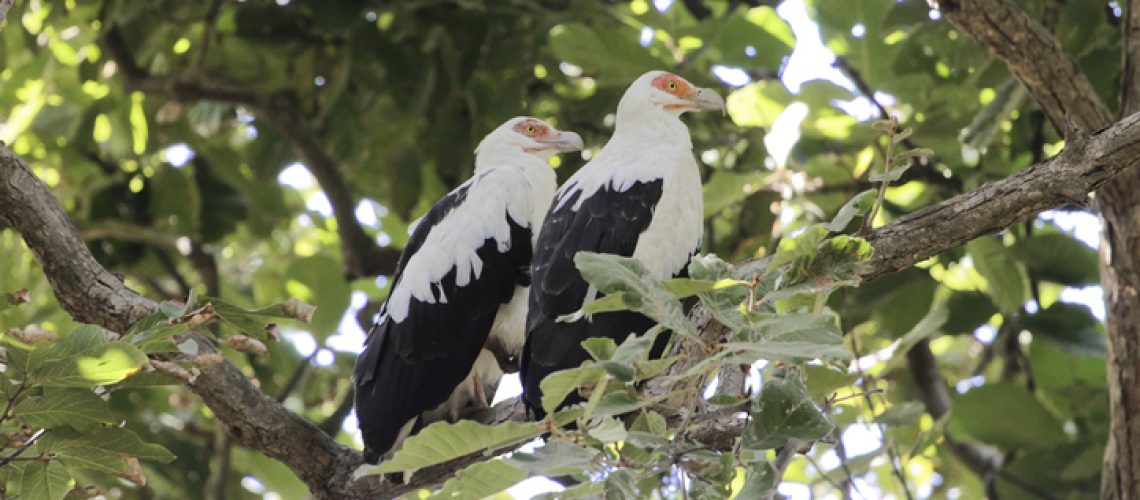Our coastline is home to a great diversity of animal life, and bird-watching is something even the inexperienced casual observer can engage in. The biodiversity of Elaleni Coastal Forest Estate, where Lush is situated, is astounding and is also where you will spot the Palm Nut Vulture.
To the inexperienced birder, the Palm Nut Vulture looks like a typical bird of prey and is often mistaken for the African Fish Eagle or Egyptian Vulture. One might even wonder how it got its strange name as birds of prey are not seed, nut and fruit feeders.
Typically, vultures are carrion-feeders and do not hunt prey per se but rather opt to scavenge, or even steal, the prey of other animals. Unfortunately, popular opinion is that vultures are gruesome scavengers which carry a negative association. The Palm Nut Vulture is a different bird altogether, although vulture-like in its appearance, this bird is in fact primarily a herbivore. Not surprisingly, it is named after its favourite fruit, the Palm Nut. These birds love to feed on a variety of palm nut species like Raffia Palms, as the nut are rich, oily and meaty. The bird will spend time hanging below, or underneath the fruit on the tree which it then plucks off the stem with its beak and holds in its feet to feed on. This bird does not have the most discerning palate and has been seen pecking fish from the water’s surface, or even wading and feeding opportunistically around beaches and river banks.
The Palm Nut Vulture is most comfortable around areas where Palm fruits are abundant, and they build their nests in the trees where they feed. Characterised by garish red skin around its eyes and face, a hooked beak and plumage pattern, the bird stands at an average height of 60 cm with a wingspan of up to 150 cm depending on the age of the bird.


